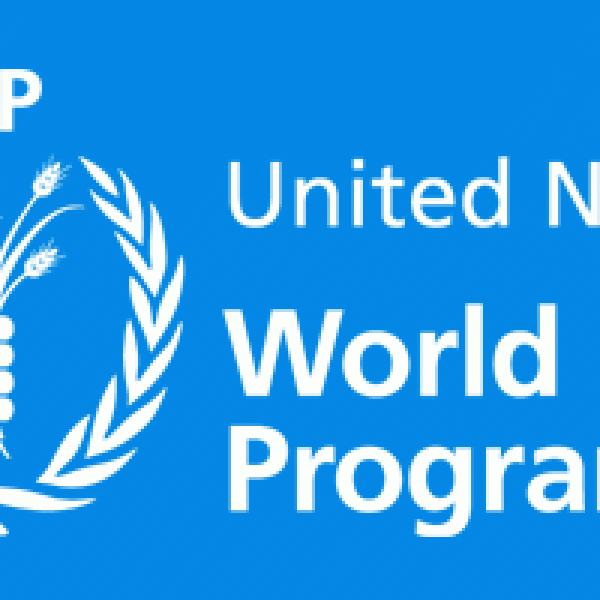
How much do you like playing team games? Have games helped you to get to know yourself better?
Using non-formal education when organizing activities for youth has multiple benefits, some of them are that it helps to promote active citizenship, prevent discrimination and social exclusion. The following examples are meant to enable trainers, facilitators and youth workers to enrich their activities. The central idea is to encourage the sense of connection to oneself and the others. All examples were used during international training courses and youth exchanges.
Get your message across!
It is an energizer suitable for pair work.
Aims:
– to highlight the importance of non-verbal communication
– to understand the impact of our gestures on others
– to stimulate creativity
Description:
Divide the group into pairs. The partners face each other. One of the partners can see an image while the other one cannot see it. The one who can see the image has to use body language to help his partner understand what the image is about. The one who cannot see is not allowed to talk or ask any questions, but he can use body language to make sure he gets the right message.
There is a time limit for each image and drawing/ writing.
Toss and answer
“Toss and answer” is a communication game suitable for youth exchanges and trainings about any topic.
The participant can get to know each other better and it encourages pair work.
Aims:
– to encourage active listening
– to become aware of other points of view
– to get to know each other more
Description:
The group is divided in 2 rows, so as each participant has a partner in front of him.
Each pair has a coin.
Partners will take turns to toss the coin. Each partner will choose his/ her favourite side of the coin. For example, if it is front side partner A should answer, if it is back side partner B should answer.
Option 1:
The trainer asks a question (about the topic of the workshop or about a general topic) and the participants should discuss it with their partner.
Option 2:
The participants ask their own questions, according to their interest.
Human rights exhibition
This activity encourages communication among the participants.
Aims:
-to introduce the topic
-to raise awareness about the relationship between individual, group, and human rights
-to encourage pair work/ team work
Description:
Put on the walls different photos illustrating human rights. The participants are divided into pairs/ small groups and they have to share their impressions about the human right that is illustrated. All the pairs/ teams must rotate around the room so as they made comments about all the photos.
If it is appropriated instead of photos there can be small problematic cases or quotes.
In action for discrimination
The main aim of the activity is to raise awareness about discrimination and its effects.
Aims:
-to identify different types of discrimination
-to raise awareness about prejudices and preconceptions
-to empower a sense of human dignity and social responsibility
-to encourage communication
Description:
The trainer/ facilitator must choose from the types of discrimination: age, racial/ ethnic, nationality, disability, language, religion, sex/ gender/ gender-identity, etc. (more can be added according to the topic)
On strip of papers will be written different quotes that reflect the types of discrimination that are going to be discussed:
Here are some examples:
“The desire to work and be useful is what makes life worth living, and to be told your efforts are not needed because you are the wrong age is a crime.”Johnny Ball
“One day our descendants will think it incredible that we paid so much attention to things like the amount of melanin in our skin or the shape of our eyes or our gender instead of the unique identities of each of us as complex human beings.” Franklin Thomas
“Our true nationality is mankind.” H. G. Wells
“Disability is a matter of perception. If you can do just one thing well, you’re needed by someone.” Martina Navratilova
“Language is the road map of a culture. It tells you where its people come from and where they are going.”Rita Mae Brown
“I’m working at trying to be a Christian, and that’s serious business. It’s like trying to be a good Jew, a good Muslim, a good Buddhist, a good Shintoist, a good Zoroastrian, a good friend, a good lover, a good mother, a good buddy – it’s serious business.” Maya Angelou
“When a man gives his opinion, he’s a man. When a woman gives her opinion, she’s a bitch.” Bette Davis
The papers are cut in halves. The participants will randomly select one half of the paper. They must find their partner that has the other half of the quotation. Then, they must identify the type of discrimination. If the time allows, they can share examples from their experience.
Instead of quotations the trainer/ facilitator can find images that reflect different types of discrimination and to cut them in halves and to ask to the participants to do the same task.
Playing is fun and if it can help to learn more about ourselves and others!
Author: Carmen-Lidia Nistor


